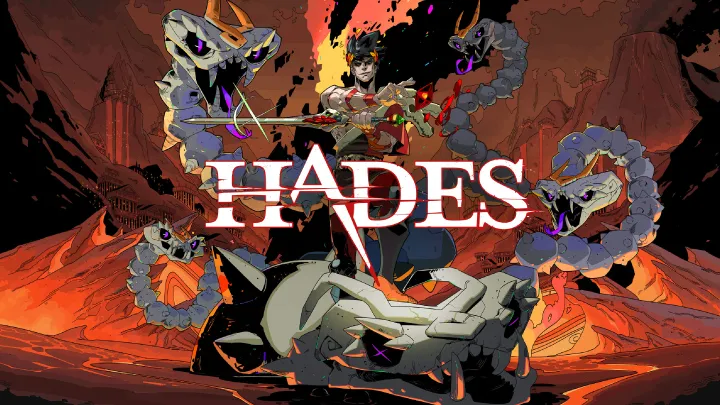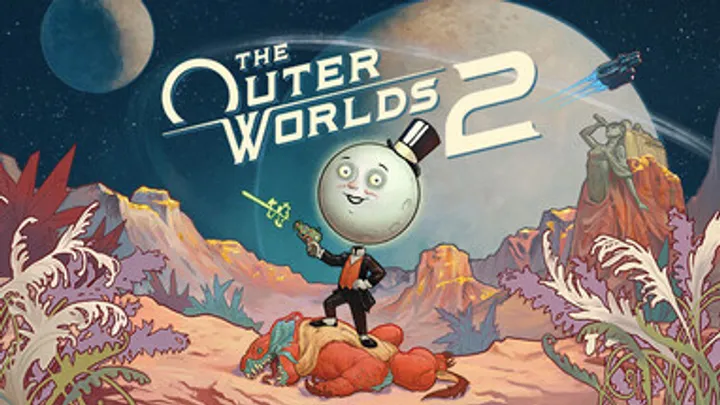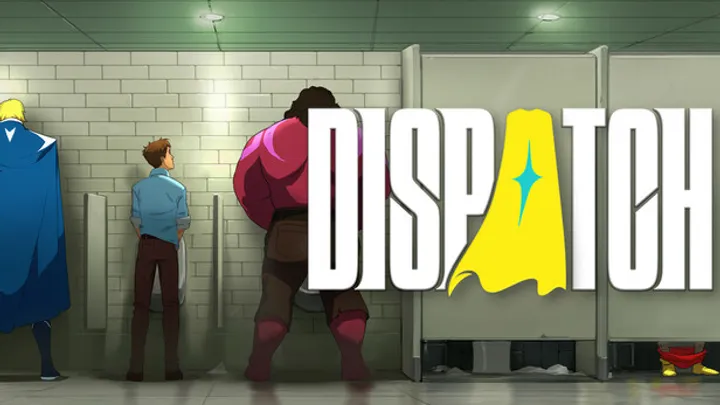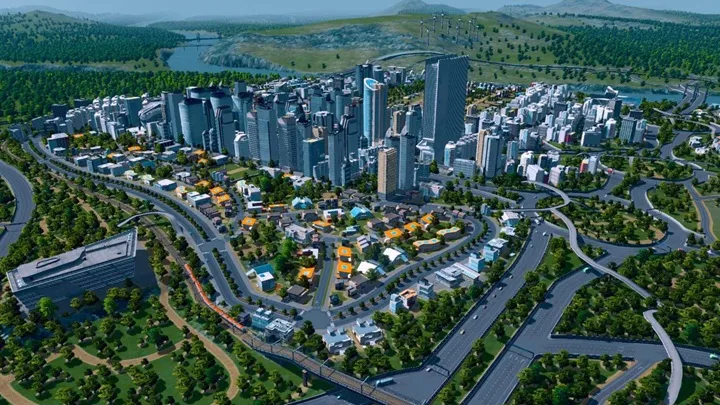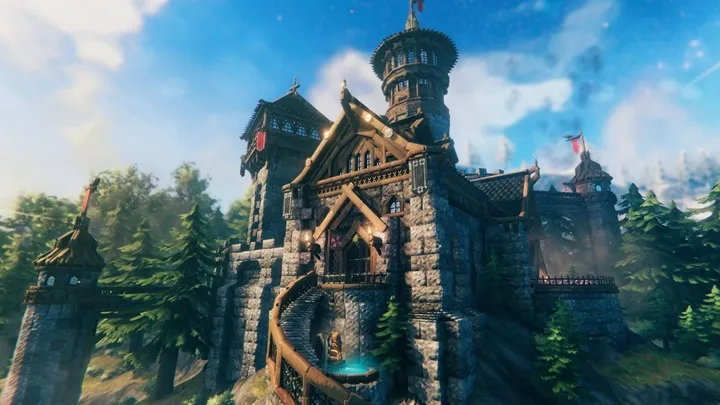Avatar World is a mobile life-simulation and roleplay game developed by Pazu Games, aimed at children and casual players who enjoy open-ended creativity. Released on iOS and Android, the game allows players to design avatars, explore themed environments, and engage in sandbox-style interactions without fixed objectives or competitive mechanics. Often compared to titles like Toca Life World or My Town, it thrives as a digital dollhouse experience, blending customization, exploration, and imagination.
Core Gameplay Loop
- Avatar Creation: Players design characters by customizing hairstyles, clothing, accessories, and facial features. The system is simple yet diverse enough to allow self-expression.
- Exploration of Worlds: The game features a growing collection of themed locations (houses, schools, parks, restaurants, malls), each filled with interactive objects.
- Roleplay & Storytelling: The focus is on imaginative play rather than structured goals. Children create stories, act them out with avatars, and build their own mini-narratives.
- Unlockable Content: While the base game is free, premium packs expand the universe with new locations, outfits, and props.
Customization & Creativity
- Character Identity: Multiple avatars can be created, allowing for family units, friends, or custom roleplay groups.
- Interior Design: Players can rearrange furniture, decorate homes, and personalize spaces.
- Props & Interaction: Almost every object — food, clothing, toys — is draggable and usable, enhancing immersion and creativity.
- Seasonal Updates: Occasional holiday-themed content (Halloween, Christmas) keeps the world fresh and relevant.
Presentation & Design
- Visual Style: Bright, colorful, cartoon-like graphics designed for a younger audience. Clean lines and cheerful palettes make it approachable and safe.
- User Interface: Intuitive drag-and-drop mechanics ensure even very young players can engage without frustration.
- Sound & Atmosphere: Lighthearted music and playful sound effects reinforce its child-friendly identity.
Strengths
- Open-Ended Creativity: No rigid objectives — children can freely roleplay and create their own stories.
- Accessible for All Ages: Simple controls and friendly design make it suitable for very young players.
- Regular Expansion: New packs and environments keep the experience evolving.
- Safe Environment: Focuses on non-violent, wholesome play.
- Strong Customization: Avatars and interiors allow for strong self-expression.
Weaknesses
- Paywall Concerns: Much of the game’s most exciting content is locked behind premium packs, leading to frustration for free users.
- Repetitive Gameplay: Without structured goals, some players may lose interest quickly.
- Limited Multiplayer Options: Unlike Roblox or Minecraft, it lacks real-time online play, which reduces social engagement.
- Performance Issues on Low-End Devices: Some environments can cause lag or crashes.
- Shallow Depth for Older Players: While perfect for children, it lacks complexity to retain teens or adults long-term.
Community & Cultural Impact
- Avatar World caters mainly to children and families, serving as a digital substitute for imaginative physical play like dolls or action figures.
- It has a strong presence on YouTube Kids and TikTok, where creators showcase custom avatars, decorated houses, or silly storylines.
- Educationally, it encourages creativity, storytelling, and design thinking, making it a popular choice among parents seeking safe, non-violent games.
Final Verdict
Avatar World is a cheerful, creativity-driven sandbox that succeeds as a digital dollhouse for kids. It encourages imagination, exploration, and self-expression, though it struggles with depth, repetition, and reliance on in-app purchases. For younger players, however, it’s an excellent choice that provides hours of safe and imaginative play.

















































